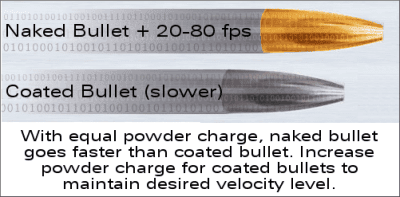OCW can roughly be described as look at the target as you shoot the loads, and look for sequences where successively increased charge weights don't alter POI very much - in the vertical AND horizontal. Very simple to do because you don't need a chrono to do it, just a series of progressively heavier charge weights (and a range longer than 100 yards if you're currently stacking groups too small to distinguish differences between them).
In your case you have to shoot the charge weight increments back up to be safe with the new bullets, so as you do it mark up a copy of the target numbering each shot in the sequence and look for any three shots that hit the same POI - you might find a velocity window with a tight dispersion just shooting up to a new max load, regardless of the muzzle velocity statistics that a chrono would show you. I'm stepping on his method a little bit by only shooting one shot at each charge instead of a group of 3, but his logic of examining POI in two dimensions holds. Basically I'm trying to score you a freebie while doing the smart thing and working back up.
If you're looking for absolute top speed then the ladder test of matching low vertical dispersion with stable velocity would be more useful, but if you do that and it doesn't work (at the speeds you want or in general) then the best option is change components. Kind of tough to do voluntarily right now.
Creighton Audette came up with a method for developing precision rifle handloads that has been refer...

precisionrifleblog.com


